Occupational Therapy for Children with Autism: How It Can Make a Difference

- Strategies learned in occupational therapy can benefit children with autism daily.
- Motor skill development can be addressed through occupational therapy.
- Occupational therapy can help your child build their self-esteem and self-confidence while working towards other goals.
- A pediatric occupational therapist will use structured play to help your child achieve their identified goals.
I remember when a member of my child’s healthcare team first suggested we pursue occupational therapy to address some of the challenges that are part of daily life in raising a child with autism.
At the time, it felt like one more activity added to my already overflowing plate. Frankly, I didn’t understand how what I viewed as simple play therapy was going to change my child’s sensory capabilities, ability to interact with their peers, or successfully navigate social situations like a Christmas party.
However, I trusted this professional enough to follow their urging and enroll my child in pediatric occupational therapy.
That was one of the best parenting decisions I ever made.
Occupational therapy can make a significant difference in the lives of children with autism and their families. These trained professionals will work with you and your child to identify areas of improvement, create a plan to address those challenges and teach you how to use their techniques with your child to reinforce learning.
In addition to other skills, occupational therapists can provide specific help to children and their families in the following four key areas.
1. Improving Sensory Processing and Daily Living Skills
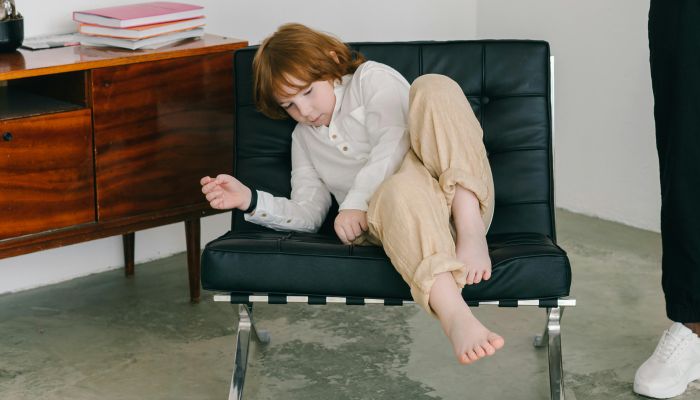
In contrast to physical therapy, which focuses on improving an individual’s ability to move their body, occupational therapy is primarily concerned11. Occupational Therapy vs Physical Therapy. Massachusetts College of Pharmacy and Health Sciences. 2024. https://www.mcphs.edu/admission-and-aid/blog/occupational-therapy-vs-physical-therapy#:~:text=The%20most%20basic%20difference%20between,perform%20activities%20of%20daily%20living. with “adapting, modifying, or changing daily activities that a person is required or wants to do.”
While occupational therapists can work with clients of all ages, pediatric occupational therapists22. Pediatric Occupational Therapy. Cleveland Clinic. 2023. https://my.clevelandclinic.org/health/treatments/25094-pediatric-occupational-therapy receive specific training on children and childhood development in addition to being licensed occupational therapists.
Because of this specialized training, pediatric occupational therapists can offer specific instruction in:
Sensory Integration
All of a child’s senses (sight, sound, touch, taste, smell, balance, and proprioception33. Proprioception. Cleveland Clinic. 2024. https://my.clevelandclinic.org/health/articles/proprioception) can be impacted by a diagnosis of autism.
At times, children will experience symptoms of sensory processing disorder44. Arky, B. Sensory Processing Disorder Explained. Child Mind Institute. 2024. https://childmind.org/article/sensory-processing-issues-explained when stimuli from one or more senses overwhelm their coping capabilities.
Occupational therapists can use various techniques55. Arky, B. Treating Sensory Processing Issues. Child Mind Institute. 2023. https://childmind.org/article/treating-sensory-processing-issues to address the sensory dysfunction of each system.
With time, repeated exposure, and practice in managing a variety of sensory stimuli, children with autism can improve their ability to integrate sensory information.
Daily Living Skills
Did you know occupational therapists can help children learn daily living skills beyond getting dressed or learning to brush their teeth?
Experts from the Children’s Hospital of Philadelphia66. Fostering Independence: Introducing Instrumental Activities of Daily Living. Children’s Hospital of Philadelphia. 2016. https://www.chop.edu/news/fostering-independence-introducing-instrumental-activities-daily-living explain that occupational therapists can also help children work towards instrumental activities of daily living (IADL) necessary for independent living.
Check out the following table to identify some IADLs based on your child’s age:
| Age (in years) | IADL |
| 4–7 |
|
| 8–12 |
|
| 13–15 |
|
| 16–18 |
|
Note: Your child will learn at the pace that is appropriate for them. It’s not uncommon for children with autism to need more time and practice than their neurotypical peers to learn these types of skills.
2. Developing Fine and Gross Motor Skills
Children with autism often have some degree of altered muscle tone.
These differences in movement ability can increase a child’s risk for delayed development in achieving important fine and gross motor skills.
Occupational therapists may use a variety of activities or games to help your child build strength and promote or refine their motor skills.
3. Promoting Self-Confidence and Independence

Many busy parents do tasks for their children that they can accomplish themselves if given enough time or support—and parents of children with autism are no different.
Interestingly, research has confirmed the phenomenon of learned helplessness77. Koegel, R. L., & Mentis, M.. MOTIVATION IN CHILDHOOD AUTISM: CAN THEY OR WON’T THEY?. Journal of Child Psychology and Psychiatry. 1985;26(2), 185–191. https://doi.org/10.1111/j.1469-7610.1985.tb02259.x that may be particularly problematic for children with autism.
According to the study authors, this learned helplessness can cause a vicious cycle of unusually low motivation from the child that naturally results in an abnormally low functioning or ability level. Because the child eventually comes to believe that they are, in fact, incapable or helpless, they become less motivated to try tasks they struggle with, and the cycle continues.
In addition to addressing the physical skills necessary to complete a target or goal, occupational therapists are encouraged to use a strengths-based approach88. Promoting Strengths in Children and Youth. American Occupational Therapy Association. https://www.aota.org/~/media/Corporate/Files/Practice/Children/SchoolMHToolkit/Promoting%20Strengths%20REVISED.pdf that focuses on the child’s abilities and acknowledges them as capable and resourceful.
4. Enhancing Play and Social Skills
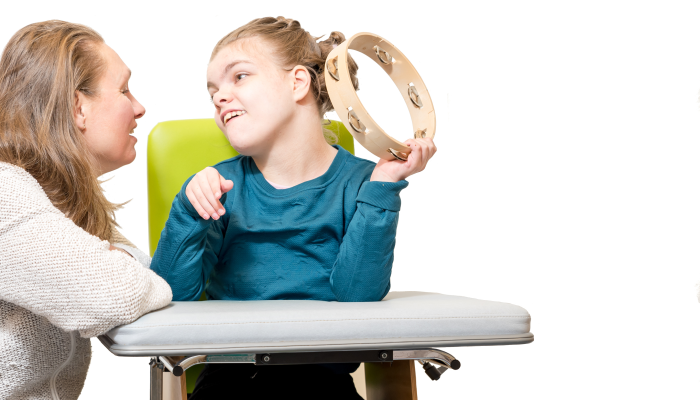
Children with autism often have awkwardness in interpreting social cues and responding in an appropriate way.
Occupational therapists, particularly those specializing in working with children, can be invaluable in helping your child learn appropriate social interaction through positive role modeling and play.
Significance of Play in Child Development
Many parents might assume that all children automatically know how to engage in creative play.
However, some children, through various physical, cognitive, or behavioral disorders, may not know how to play with someone else or do so in an atypical way.
Developmental specialists consider playing with a child’s work as the primary way children learn about the world around them.
Challenges in Social Interaction and Communication
Children with autism often show distinct challenges in initiating, sustaining, and interpreting social situations and the verbal and non-verbal cues that are part of these interactions.
Valuable input can be gained from parents, teachers, caregivers, and other adults who frequently spend time with your child. Because each group interacts with your child under different circumstances, they can speak to their general patterns in each situation and help provide an overall picture of your child’s abilities.
When assessing your child, occupational therapists will use this information about your child’s abilities, coupled with their own observations, to identify areas for growth.
Occupational Therapy and Promoting Play Skills
Parents of children with autism frequently serve many roles for their children.
In addition to the normal tasks of raising children, these parents often serve as teachers and play therapists99. Yogman, M., Garner, A., Hutchinson, J., Hirsh-Pasek, K., Golinkoff, R. M., Baum, R., Gambon, T., Lavin, A., Mattson, G., Wissow, L., Hill, D. L., Ameenuddin, N., Chassiakos, Y. (Linda), Cross, C., Boyd, R., Mendelson, R., Moreno, M. A., Radesky, J., Swanson, W. S., … Smith, J. . The Power of Play: A Pediatric Role in Enhancing Development in Young Children. Pediatrics. 2018;142(3). https://doi.org/10.1542/peds.2018-2058 to help their children bridge the gap between their current social skill level and their desired goal.
By working with a child’s family to establish individualized goals, occupational therapists can direct play to accomplish social learning and practice play skills that progress at the child’s pace.
Having a professional engaged in this sort of work with their child can ease the strain on parents of children with autism from serving as their child’s primary source of learning “the rules of engagement” and reinforce progress towards identified goals.
Occupational Therapy and Improving Social Skills
Have you ever heard of reciprocal play?
In psychology, reciprocal play1010. Reciprocal play. Psychology Glossary. 2024.https://www.psychology-lexicon.com/cms/glossary/51-glossary-r/23391-reciprocal-play.html describes a “back-and-forth” type of play in which the participants (children or adults) take turns and respond to each other in a manner that promotes cooperation or working together.
Experts have described this type of play1111. Svetlova, M., Nichols, S. R., & Brownell, C. A.. Toddlers’ Prosocial Behavior: From Instrumental to Empathic to Altruistic Helping. Child Development. 2010;81(6), 1814–1827. https://doi.org/10.1111/j.1467-8624.2010.01512.x as a critical component of a child’s social development because it teaches basic skills like communication, understanding social cues, emotion and action-based responses, and sharing (altruism).
Occupational therapists might engage in reciprocal play with their young clients through shared activities such as:
- Playing cooperative board games.
- Building puzzles.
- Engaging in imaginative play (like having a tea party or making a cake).
- Taking turns throwing and catching a ball.
- Building a tower with blocks.
Children with autism can build their social skills with repeated exposure to social cues and increase their ability to successfully interpret and respond to those cues through interaction with trusted adults.
While occupational therapy for your child with autism may seem like an unusual suggestion at first, these highly trained professionals can assist your child in many ways that ultimately help them learn and refine necessary skills, enabling them to live to their full potential.
References
- Occupational Therapy vs Physical Therapy. Massachusetts College of Pharmacy and Health Sciences. (2024, May 30). https://www.mcphs.edu/admission-and-aid/blog/occupational-therapy-vs-physical-therapy#:~:text=The%20most%20basic%20difference%20between,perform%20activities%20of%20daily%20living.
- Pediatric Occupational Therapy. Cleveland Clinic. (2023, June 21). https://my.clevelandclinic.org/health/treatments/25094-pediatric-occupational-therapy
- Proprioception. Cleveland Clinic. (2024, July 25). https://my.clevelandclinic.org/health/articles/proprioception
- Arky, B. (2024, October 10). Sensory Processing Disorder Explained. Child Mind Institute. https://childmind.org/article/sensory-processing-issues-explained
- Arky, B. (2023, December 20). Treating Sensory Processing Issues. Child Mind Institute. https://childmind.org/article/treating-sensory-processing-issues
- Fostering Independence: Introducing Instrumental Activities of Daily Living. Children’s Hospital of Philadelphia. (2016, September 19). https://www.chop.edu/news/fostering-independence-introducing-instrumental-activities-daily-living
- Koegel, R. L., & Mentis, M. (1985). MOTIVATION IN CHILDHOOD AUTISM: CAN THEY OR WON’T THEY? Journal of Child Psychology and Psychiatry, 26(2), 185–191. https://doi.org/10.1111/j.1469-7610.1985.tb02259.x
- Promoting Strengths in Children and Youth. American Occupational Therapy Association. (n.d.). https://www.aota.org/~/media/Corporate/Files/Practice/Children/SchoolMHToolkit/Promoting%20Strengths%20REVISED.pdf
- Yogman, M., Garner, A., Hutchinson, J., Hirsh-Pasek, K., Golinkoff, R. M., Baum, R., Gambon, T., Lavin, A., Mattson, G., Wissow, L., Hill, D. L., Ameenuddin, N., Chassiakos, Y. (Linda), Cross, C., Boyd, R., Mendelson, R., Moreno, M. A., Radesky, J., Swanson, W. S., … Smith, J. (2018). The Power of Play: A Pediatric Role in Enhancing Development in Young Children. Pediatrics, 142(3). https://doi.org/10.1542/peds.2018-2058
- Reciprocal play. Psychology Glossary. (2024). https://www.psychology-lexicon.com/cms/glossary/51-glossary-r/23391-reciprocal-play.html
- Svetlova, M., Nichols, S. R., & Brownell, C. A. (2010). Toddlers’ Prosocial Behavior: From Instrumental to Empathic to Altruistic Helping. Child Development, 81(6), 1814–1827. https://doi.org/10.1111/j.1467-8624.2010.01512.x
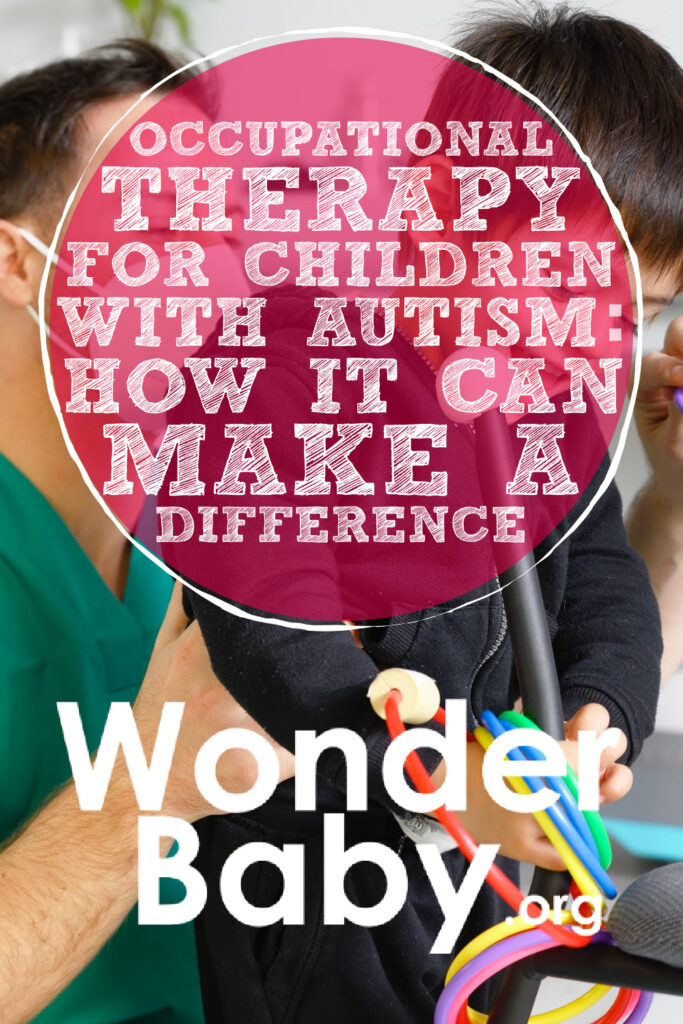
The information WonderBaby provides is not intended to be, and does not constitute, medical or other health advice or diagnosis and should not be used as such. Always consult with a qualified medical professional about your specific circumstances.
Related Posts
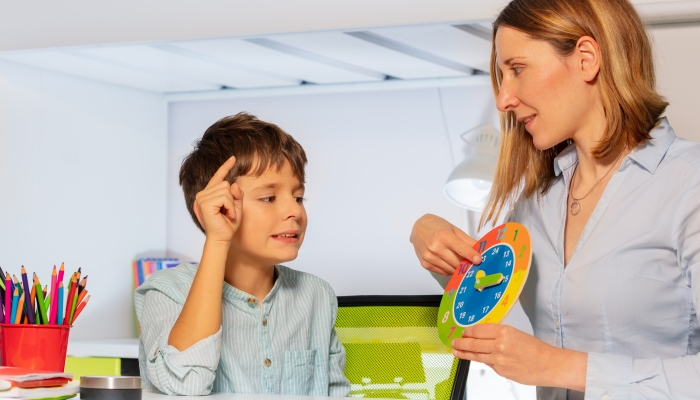
Autism
Developing Time Management Skills in Children with Autism: 7 Tips
Learn how you can use structure and visual aids to help your child with autism learn time management skills.

Autism, Behavior
OCD vs Autism in Children: How To Tell the Difference
OCD and ASD are fundamentally different, but their symptoms are very similar. Learn how to tell the difference to support your child.
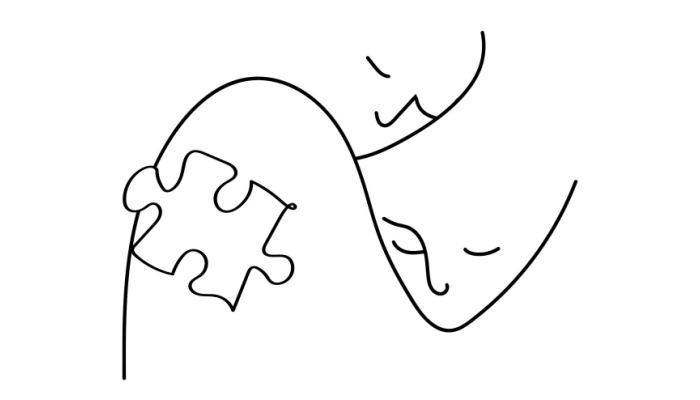
Autism
When Autism Advocacy Goes Wrong: Supporting Parents of Profoundly Affected Children
If you’re not personally affected by autism or don’t work with autistic individuals, you might be unaware of the growing debate within the autism community.